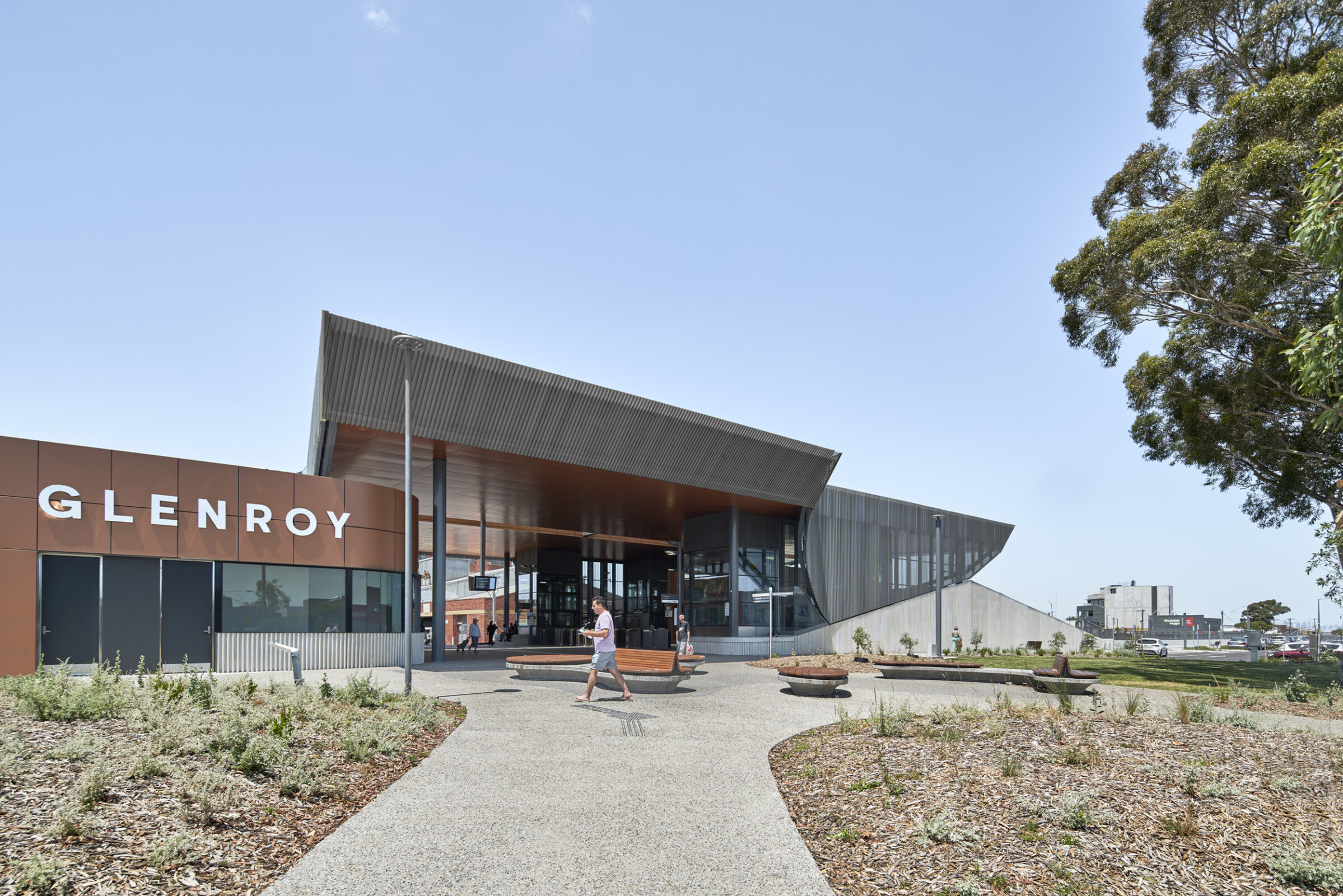Glenroy Station presented a unique opportunity to revitalise natural environments within railway precinct corridors, by converting previously neglected and uninhabitable land into flourishing green spaces.
The concept of Ecological Value serves as a metric for assessing the ecological attributes (such as biodiversity and vulnerability) and functional qualities (like fragmentation, connectivity, and resilience) of a given area. It is determined by comparing the natural state of the land – including its biodiversity and overall ecological health – before and after any construction or development takes place.
The Glenroy project succeeded in significantly enhancing the ecological value of the area by 74%, primarily by promoting the growth of native species and expanding green areas. A notable achievement was the preservation and propagation of Rare Geraniums, a species with limited populations and endangered status under the Victorian Flora and Fauna Guarantee Act 1988.
The early stages of environmental conservation efforts at Glenroy included the relocation of Geranium sp. 1, a native species previously believed to be extinct and found exclusively in Victoria. Due to its critically low population and habitat threats, urgent measures were taken to protect it.
In May 2022, seedlings of the Geranium species were transplanted to St Albans, establishing a new population and enriching the biodiversity of the region. This relocation effort involved the careful collection and propagation of seeds from the Glenroy population, resulting in the growth of approximately 200 seedlings at the Victorian Indigenous Nurseries Co-Operative (VINC).
The successful transplantation of these Geranium seedlings to Iramoo Grasslands in St Albans marks a significant contribution to conservation efforts and underscores the commitment to preserving and enhancing ecological diversity in the area.
The Glenroy Station project illustrates how urban design strategies encompass a myriad of decisions, in this specific case, fostering the survival of native fauna allowing generations to come to appreciate the natural environment. Through initiatives such as the preservation and propagation of rare species like the Geranium sp. 1 and the creation of extensive green spaces, the project exemplifies how thoughtful planning can harmonise the needs of both nature and society. By prioritising sustainability and biodiversity, urban design can create environments that not only support thriving ecosystems but also enhance the quality of life for future generations.











